Difference between revisions of "User:MonikaSumauskaite"
m |
|||
| Line 2: | Line 2: | ||
== Contact == | == Contact == | ||
| − | Monika Sumauskaite <br><br> 0975660@hr.nl <br><br> Graphic Design | + | Monika Sumauskaite <br><br> 0975660@hr.nl <br><br> Graphic Design |
== Project 2 == | == Project 2 == | ||
Revision as of 18:27, 18 October 2018
Contents
Contact
Monika Sumauskaite
0975660@hr.nl
Graphic Design
Project 2
CalmCat
by Monika Sumauskaite, Vilius Vaura, Sol Chadwick
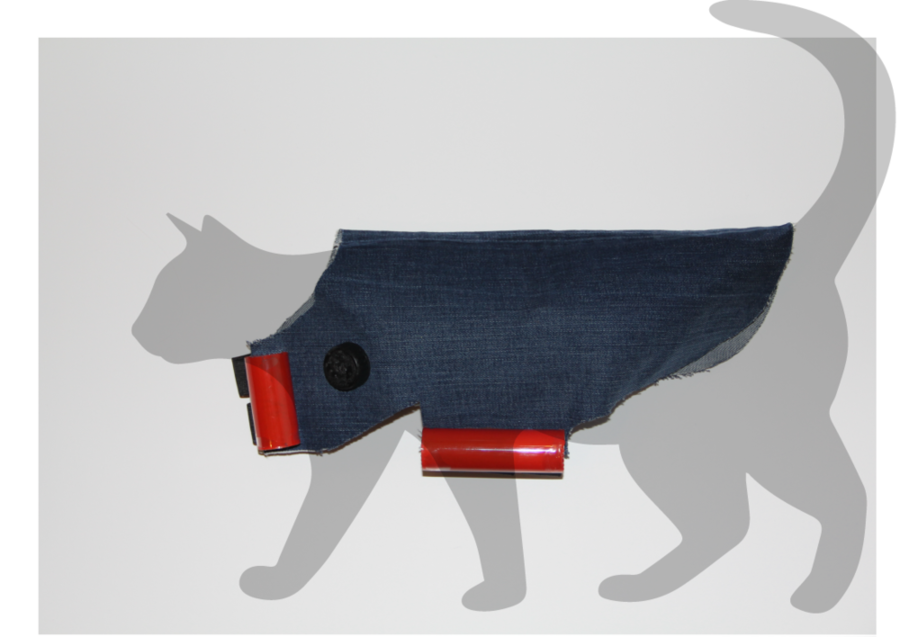
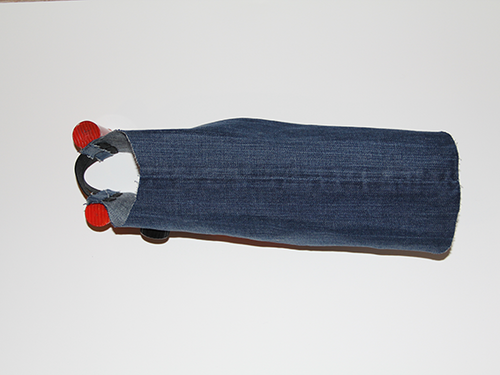
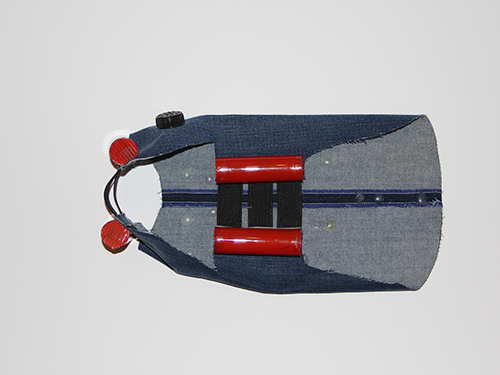
A jacket created to calm down a stressed-out cat. When the cat, wearing this jacket, meows anxiously or an increase of a heartbeat is detected, straps tightness and applies gentle pressure on the belly of the cat, stimulating specific acupressure points, that are proven to have calming effects.
Acupressure points
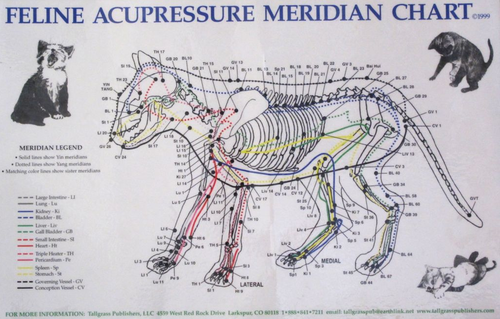
It is known that acupressure techniques can help to relax and overcome stress in humans and animals, like cats. There are multiple bumps on the inside of the jacket to stimulate those points when the cat is stressed. [1][2]
Sound/Heartbeat activation
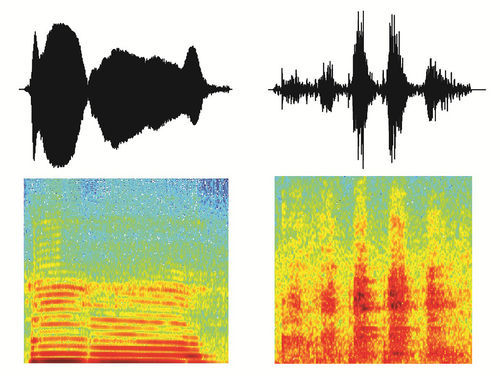

The tightening of the jacket could be activated in a few different ways. The technology could use sound/voice recognition, that would be able to distinguish a stressful meow.
Or a heartbeat sensor could be used. Normal cats pulse varies from 140 to 220 beats per minute. An integrated heartbeat sensor would detect its rise and activate the straps.
Self lacing/tightening technology
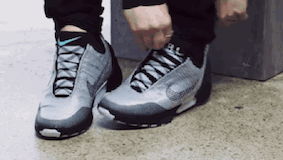
The Calm Cat jacked would include a self-tightening, “cat activated” straps. The technology could work on similar principles as Nikes or Back to the Futures self-lacing shoes.
Project 3
Optical Mouse dissection
Optical Mouse is a fully electronic device used to control a cursor, select things, navigate and scroll through the screen of a computer. It uses LED light to illuminate the surface for the optical sensor (photocell) to scan the surface, in order to detect and register movement of your hand and transmits it to a computer.
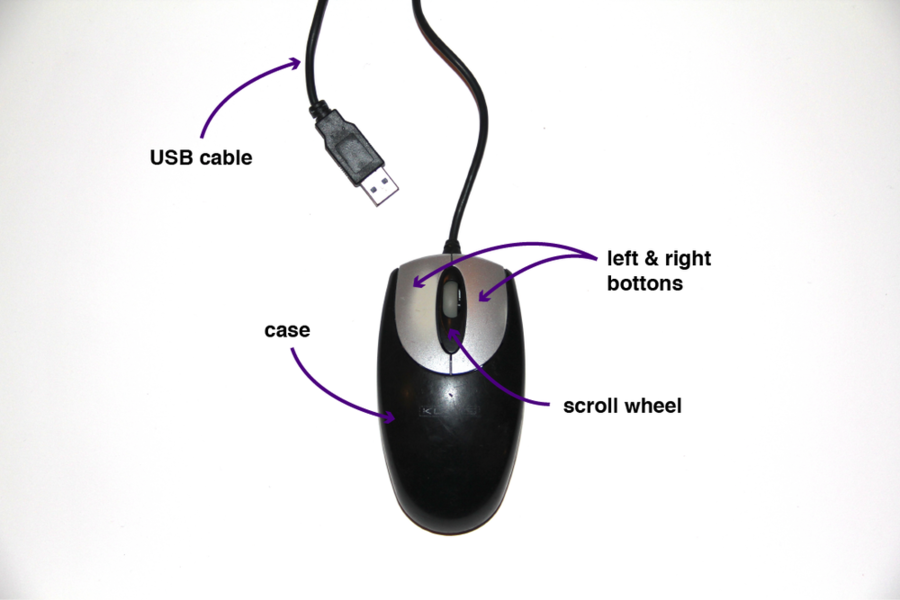
1. Optical Mouse
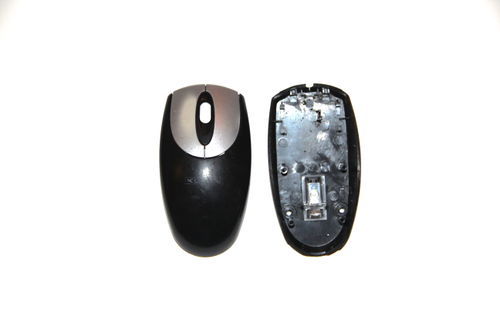
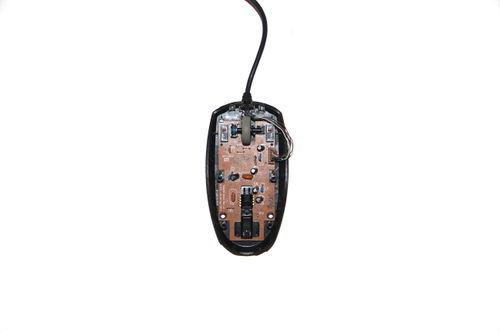
2. Top and bottom cases.
3. View without top case
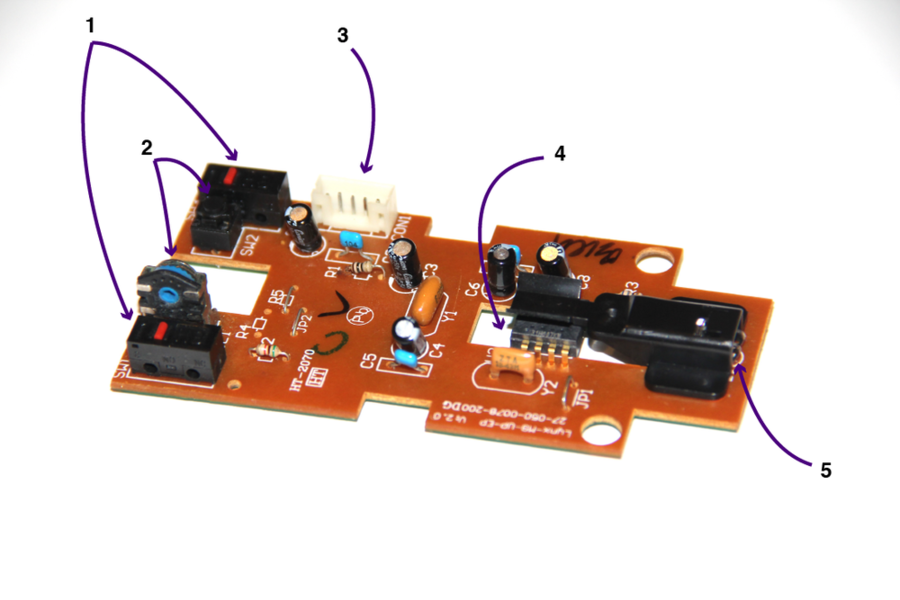
4. Mouse chip
1. A microswitch (button). Works as left and right mouse clicks.
2. Scroll wheel mount and button that works as wheel central click. The wheel detects rotation and works as a rotary switch (rotary encoder) to connect and disconnect electric signals.
3. USB connection — powers the mouse and sends digital signals to the computer.
4. Photocell or optical light sensor, that scans the surface and detects movement.
5. LED light, that shines on the surface, for the sensor to see it better.
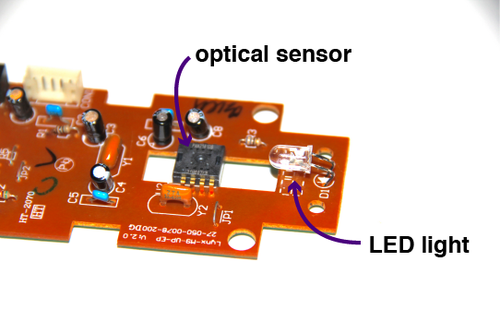
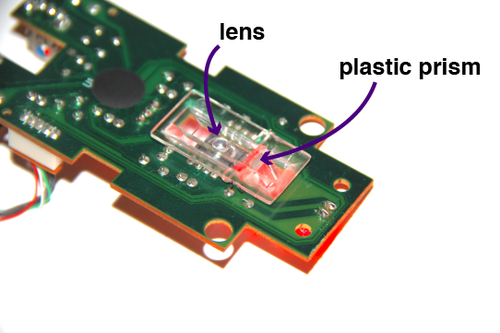
5. Optical sensor and LED
6. Plastic prism and lens
The most important part of the mouse if the optical sensor – light detecting chip and the LED light.
The LED light shines (brighter when moved) through the plastic prism, that directs the light to the surface of a desktop. The optical sensor then scans the surface and detects movement in X and Y axes. It takes multiple pictures one after another and determines how far the mouse was moved. The camera has a resolution of 18 × 18 pixel array of monochromatic pixels.
datasheet to a particular sensor in this mouse:
[3]
My position of my practice in relation to newer technologies
I call myself a graphic designer and illustrator. This makes me a visual artist. I chose to work in the field of graphic design to bring art and aesthetics to everyday life, for everyone to see and admire. Overall my main interest is in spotting and analyzing the smallest details that usually remain hidden, exposing and transferring them into a piece of design. I am an observer and a good listener. Before starting a process of creation, I look and think about the idea from various perspectives, just to make sure I am not missing anything important, that at first does not seem obvious. The method of my craft, first of all, starts in my head. It is the first and most important tool for creating.After being well-processed ideas turn into sketches and drawings, then to illustrations and designs. I tend to be very precise and self-critical about my projects, so I spend as much time as possible analyzing my process and developing ideas until I am finally satisfied with them.
Illustration and photography are the spheres where I find the best fit for myself and my artistic expression. I have a need to express my feelings through art and the process of making/crafting/creating/. I choose tools to work with and stories to tell about very intuitively and emotionally. For that reason most of the techniques and methods I use in my craft are analog. There is some special kind of satisfaction and connection with your artworks, when you can actually see them, feel them and completely understand how they came to being by your hands. I feel secure and confident when I have full control and understanding of how my crafts are made. Most of all I like using linocut technique while making my illustrations. I like it because of its precision and its error, as well. That is what I find fascinating in analog printmaking – the error. None of the prints are the same. Those techniques like linocut or silkscreen are used for reproduction, but each print is at least a little different. Nevertheless, I could not imagine my life as a graphic designer, artist, or just a person without modern technology. I like photography, and that could not be possible without a camera. I could not imagine editing my photos, creating book layouts, typography, and finished design without my computer. So I say, that most of my works are made in a correlation between both, analog and digital techniques.
As graphic designers, we can not imagine our lives without Adobe Photoshop, Illustrator or InDesign. These are the tools we use every day to create our designs. We use tools and programs designed by someone else for us to use. I always took them for granted, and never have thought how they really work, and that there may be a way to use digital technologies without any mediators or programs created by other people. My encounter with digital crafts broadens the way I see digital tools and electronics. A completely new sphere of creating and experimentation has opened up when I understood I can use digital technologies as a clay to build something new all by myself.
When I came to this understanding, I got fascinated by the idea of Autonomy. This makes me think of Arts and Crafts movement back in the late 19th century pointing out the idea to reform standards related to machinery and factory production. They critiqued machine made creations, insisting artist to be hand-crafters and do everything by themselves. People of this movement, like William Morris, had experience in many different crafts from calligraphy to weaving. They were trying to achieve the concept of autonomy. They critiqued machinery, but as one of the main figures of the movement, C.R. Ashbee said "We do not reject the machine, we welcome it. But we would desire to see it mastered.” They understood, there should be no difference between designer and executant.I agree with the concept of making everything yourself, but see a way of using technology and machinery as a tool for autonomy. If you can create technology yourself and use it the exact way you want it, you are opening endless possibilities to create unique and valuable art. One of the best contemporary examples of creating something absolutely new, using code and technology for me is James Gorge’s “Clouds”. It is a collaboration project with other artists, designers, hackers and thinkers, where they use a new 3D camera format RGBD and specific algorithm for different storytelling. It is a documentary film, that is not linear, algorithm leaps from one clip to another, creating unique conversations. New camera format, the way film is presented, interactivity and coded, computer-generated images, that follows the story is a truly unique experience, that would not be possible without technology. The techniques explored in CLOUDS suggest a possible future of storytelling that brings interactive graphics, visual effects, and cinema closer together.
I have never thought that the digital sphere could ever open up to me. Back home, at my academy, they do not offer any program to learn coding or electronics. I even used to think, that those things are for engineers only and is not really related to visual arts. When planning my exchange, the choice of Digital Crafts sparked my interest. When I came here I had no background of basic electronics or coding. Now, after workshops, many hours on the internet watching Arduino tutorials and examples of contemporary art based on digital crafts, I am sure I liking it more and more with every-time I learn something new and finally understand how basic things work. I now understand, that digital crafts are a whole new sphere of creating individual, autonomous content, where you can do it all by yourself in the way you want it. This practice erased the idea, that digital art can only be created using templates or programs that are already made by someone else. With this understanding, I changed the way I look at technology and art itself. Digital crafts can be just as understandable and even more individual than common analog techniques. It is a medium for artists to experiment and create with, not only for engineers to develop, as I used to think.